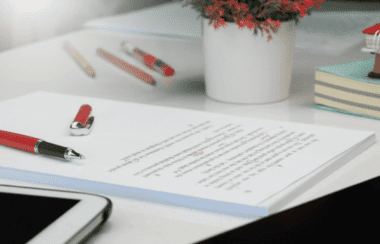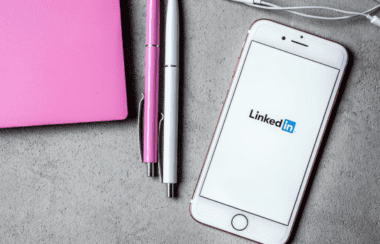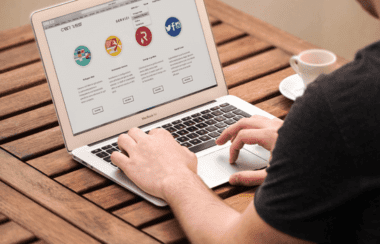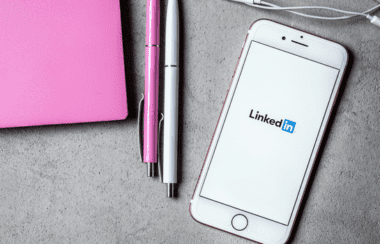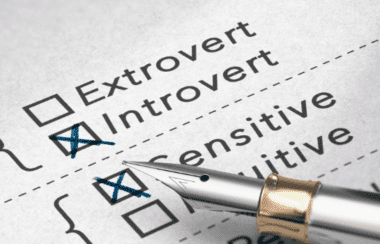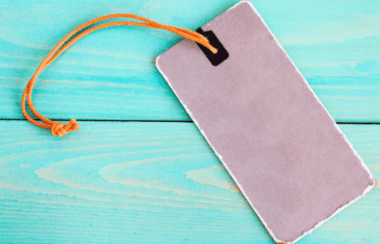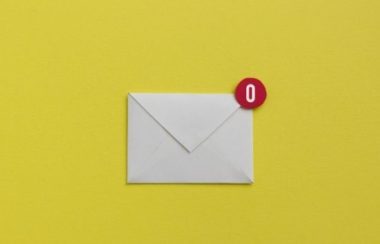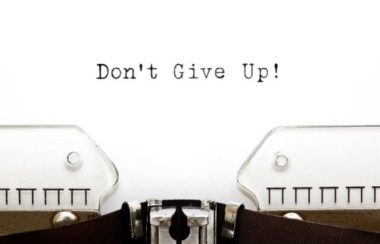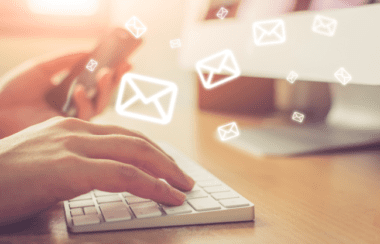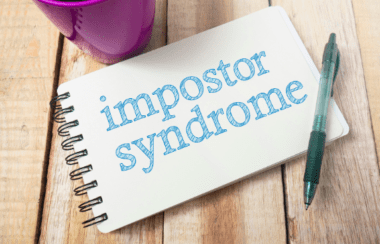Your Guide to Writing Effective Emails to Your Clients
By Jena Kroeker
You may be wondering, “Why is she talking about writing effective emails again? Aren’t there better ways to communicate with clients?” Well, the truth is that email is still a reliable communication channel. Even if you use project management software like Trello or Asana, some non-project related topics are often best communicated through email.
As we share in a previous blog post titled “Quick Guide to Building an Email List from Scratch,” the statistics portal Statista predicts that by 2023, the number of global email users will grow to 4.4 billion, up from 3.8 billion in 2018. So, email communication will be with us for a long time!
Your Current Communication Style
Before we start exploring some basic email fundamentals to communicating effectively and clearly with our clients, let’s take some time to think:
• What is your current communication style?
• What have you learned in your previous experience that influences how you write emails now?
My business communication style was first formed while working as a TV assistant on live sporting events in the late ‘90s. We spoke through walkie-talkies, and we had to learn to communicate as quickly and concisely as possible. Since it was live TV, there was no time to beat around the bush or chitchat.
But at the same time, my first experience with email was personal rather than professional. In the late ‘90s, I used it as an alternative to handwritten letters. My emails were long with lots of flowery descriptions. The abrupt communication style of a walkie-talkie was too blunt and unfriendly for business emails. And long flowery descriptions delayed getting the gist of the message across. So, I needed to merge the two styles.
Since the 5 Ws and 1 H (Who, What, Where, When, Why, and How) form the basis for giving clients complete information, let’s use them as a guide for our email communication communication.
Your Guide to Writing Effective Emails to Your Clients
Who
Writing effective emails to clients is similar to writing marketing emails. You need to know your audience and how they like to communicate and receive information. Often you can discover important clues by carefully observing how your clients write emails.
Here are some points to consider:
• Do they start off emails with personal questions or anecdotes?
• Do they like to lead with positive feedback and gradually transition to constructive criticism?
• Do they prefer brief, concise messages or chattier emails?
• Are they familiar with the same kinds of technical terms you use within your freelance niche?
Thinking about these questions and taking note of your client’s communication style can help you achieve not only clearer communication, but also a healthier relationship overall.
Conor Bond stresses the importance of adjusting to different personality types in his article, “The 5 Pillars of Healthy, Effective Client Communication.” He says,
“Some of your clients will treat you like a friend—taking interest in your personal life and expecting you to reciprocate. Others will be strictly business—wanting nothing more than for you to stop talking about your unremarkable child’s baseball team and start telling them what they need to know.”
What
Now, this is where precise vocabulary is key to getting your message across. Use specific words to describe what you’re talking about. Be aware that subtle differences in meaning can have unexpected consequences. For example, this Grammar Girl article, “What Does ‘A Few’ Mean? What Does ‘A Couple’ Mean?” shares an interesting illustration.
Two work colleagues differed in their interpretation of the phrase “a few days.” The person writing the email meant a day or two, but the person receiving the email assumed she meant longer and would therefore miss her project deadline.
For this reason, the article recommends,
“Words like ‘a few,’ ‘several,’ ‘some,’ ‘a couple,’ and ‘many’ give a very general sense of quantity. It’s fine to use them when precision isn’t important.
“When the timing or quantity is critical, specify an actual number.”
Can you think of other ambiguous words that could be replaced with more specific words in your emails?
Where
When you write emails to your clients, where are you? Sometimes your location can prevent you from writing effective emails. The trouble with being connected all the time through mobile devices is that everything takes on an urgent quality. When that notification pops up on our smartphone, we think it needs to be responded to immediately. It takes on the same quality as a knock on our office door. We imagine the client standing on the other side, waiting impatiently for us to respond.
But if we build healthy boundaries with our clients, we can batch messages and respond to them when we’re in a location that allows us to think carefully about our response. Ideally, choose regular intervals during the day when you can sit down at your desk or at least on a chair somewhere. Read each email more than once to be sure you understand what’s being asked, and respond thoughtfully. Try to avoid multitasking and sending emails when you’re in the middle of exercising or other activities.
When
In keeping with the point above, we need to remember that our clients are not always at their desk. They may be in different time zones or just have different schedules where they’re online at different times. For this reason, Carey Wodehouse recommends becoming comfortable with “asynchronous conversation” in her article, “How to Communicate Effectively With A Freelancer.”
She shares a quote from Benjamin Brandalls that provides important guidance for writing effective emails:
“When communicating asynchronously, you need to keep in mind that the recipient needs more information than they otherwise would, because there’s a chance that you won’t be around to answer important follow-up questions.”
So, think through your email before you send it and consider all angles, whether the client has enough info to respond in a way that lets you continue moving forward with your task or process.
Why
The obvious reason for writing an email to your client is because you need to ask a question or relay some information. But there’s a larger “Why” that’s also important. In the article above, Conor Bond emphasizes the importance of “transparency” when communicating with clients. Whatever you’re writing, make sure you’re honest about it. Bond explains,
“The importance of transparency is two-fold. Primarily, you need to be transparent because you’re partially responsible for the success of somebody else’s business. You can never forget that you’re spending someone else’s hard-earned money. They deserve to know what it’s yielding—and, perhaps more importantly, what it’s not yielding.”
“Secondarily, transparency is crucial because it gives you more security in the long run.”
In this way, your emails contribute to building trust with a client when you communicate authentically, readily admitting to mistakes. Your “Why” should always be to continuously build and nurture that trust.
How
Finally, how you compose your email plays a big part in how it’s received and understood. Here are some practical tips for making sure your communication is clear and effective:
1. Format your email using short paragraphs, easy for the client to read and scan.
2. Avoid using all capital letters, which can sometimes look like shouting.
3. Be careful with quotation marks. They may come across with an ironic or sarcastic tone. Compare the following two sentences by reading them out loud and noting whether you hear a difference in your tone of voice:
• I see you’re an “expert.”
• I see you’re an expert.
4. Alison Doyle advises “saying just enough” in her article, “Communication Skills for Workplace Success.” She warns that rambling may cause the receiver of the message to be confused about what you want. She also recommends showing respect by devoting time to editing your message so it isn’t sloppy or confusing.
5. If you enjoy using emojis, rejoice! Rhett Power’s article, “How To Communicate In The Digital Age,” shares advice from some entrepreneurs who recommend embracing emojis as a way of enhancing written communication and “conveying complex emotions that are difficult to put into words.” Of course, before you start using them, make sure you’re aware of how your client feels about emojis.
Final Thoughts
I hope these tips have given you some food for thought as you determine whether you’re writing effective emails to your clients. It’s a skill we can continuously hone as we take on new clients with different personalities. And it’s important to observe our communication with current clients so we can adjust our email style if necessary.
And now we’d love to hear from you. How do you ensure you’re communicating clearly in your emails to clients? Please share your thoughts in the comments below!










